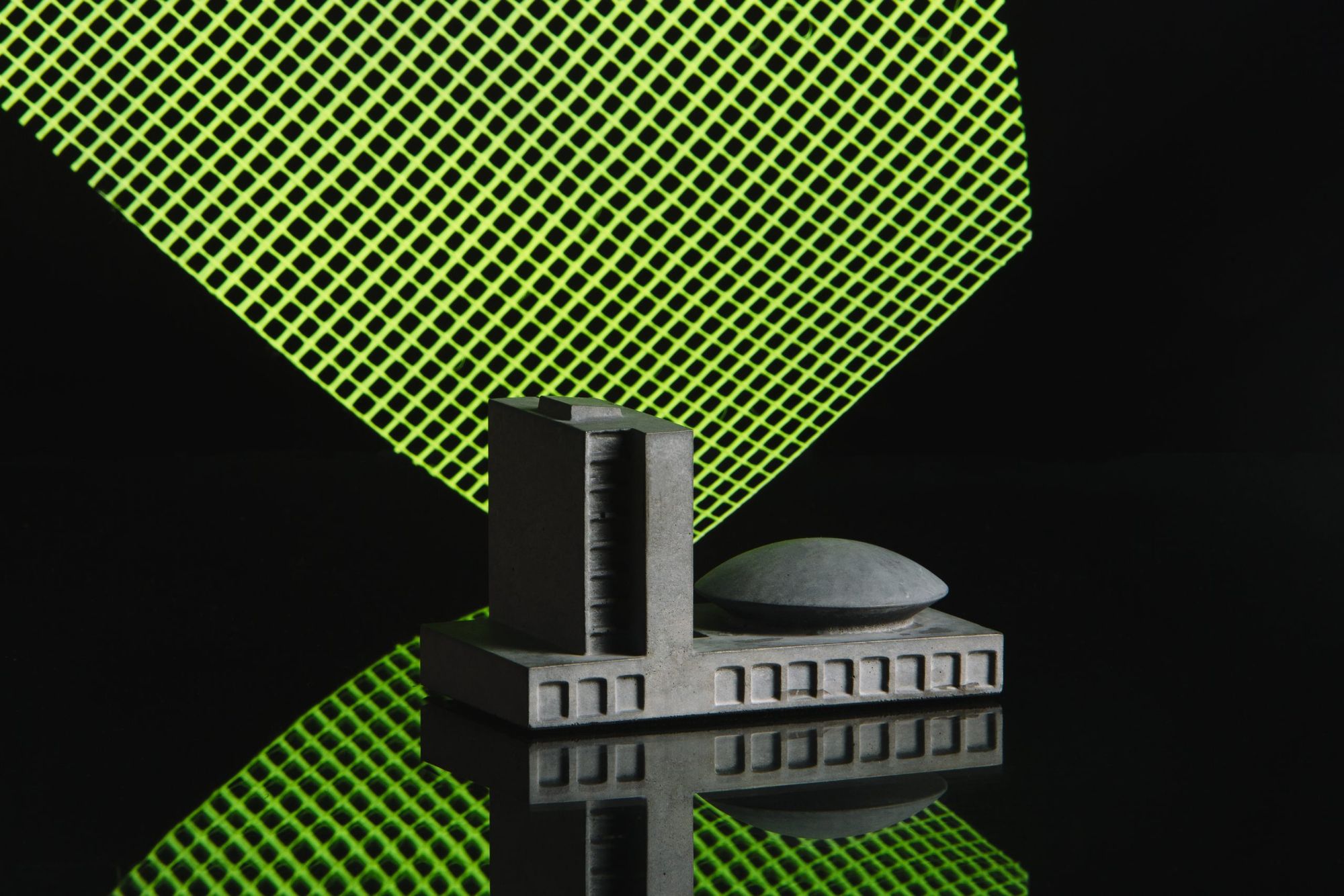In the fourth episode of our SOC/MOD series, we invite you to explore this emblematic building of the city of Nitra, Slovakia. The architect duo in charge of the University of Agriculture was inspired by the work of Brazilian architect Oscar Niemeyer and the so-called “Brazilian style”, which spread like a wildfire in the sixties. And now we made a miniature version of it—go and get your own in our online store!
Written by: Dániel Kovács
In the middle of the twentieth century, fresh and young Brazilian designers were in the center of attention for architects all over the world. The group of contemporary architects, which soon became known worldwide, made their international debut at the “Brazil Builds” exhibition organized in the Museum of Modern Art, New York, in 1943. The exhibition presented the early gems of Brazilian modernism: the three beautifully designed miniatures, the Ministry of Education and Health in Rio de Janeiro, designed in consultation with Le Corbusier, the João Arnstein House (São Paulo, 1941) designed by Bernard Rudofsky, as well as the Brazilian pavilion at the New York’s World Fair (designed by Lúcio Costa and Oscar Niemeyer, 1941) also laid down the emphases for the visitors. The London-based Architectural Review already wrote about the “Brazilian style” in 1944, and even though the masterful shapes sometimes lacked true engineering innovation at this time, the mature modern buildings employing spectacular glass curtain walls, concrete shell structures and generous geometric shapes started to pop up all across the world from the late 1940s.

The Brazilian fever lasted until the end of the sixties, and the new capital, rapidly developing at the instruction of President Juscelino Kubitschek, played a leading role in it. The iconic composition of the National Congress: the pair of towers placed on top of a platform and the two domes are one of the most influential public buildings of the era, in addition to the UN Headquarters in New York. Its echo can be found on dozens of buildings, and one of the most lively of all is the building of the University of Agriculture in Nitra, a town in the western regions of Slovakia (southern Czechoslovakia at the time).

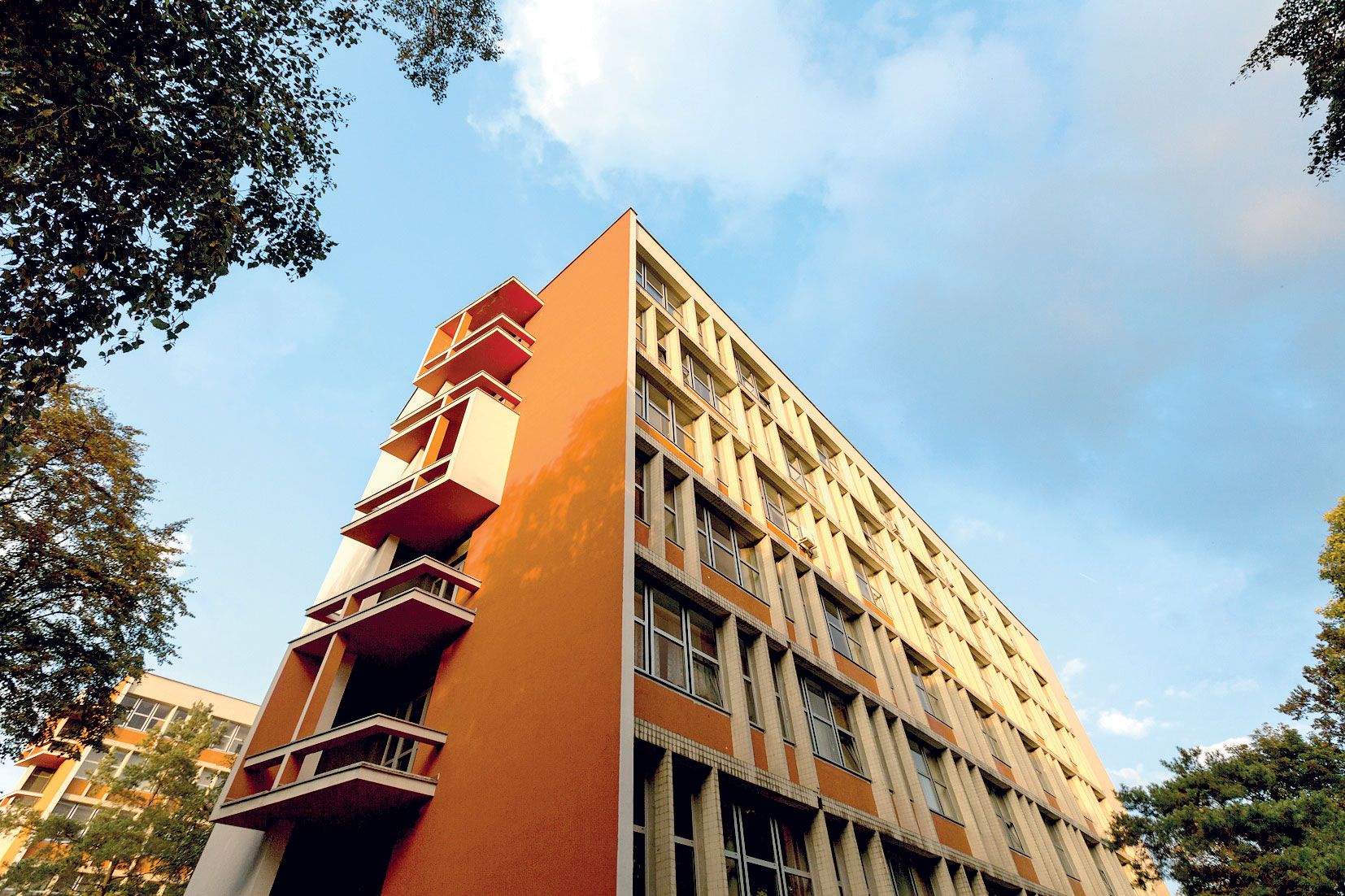
The new educational building was erected across the old town, on the other side of the river of the same name, in the place of a former airport. The complex’s division already brings to mind the design of the “Monumental Axis” in Brasília, while the composition of the main building demonstrates the obvious influence of the National Congress. The oblong platform is joined by a 9-story tower block, with a lentil-shaped auditorium with 600 seats floating in front of it. The vertical emphases of the tower’s façade evoke early modern buildings, while the dynamically shaped columns in front of the ground floor glass wall resemble Niemeyer’s Palácio da Alvorada.
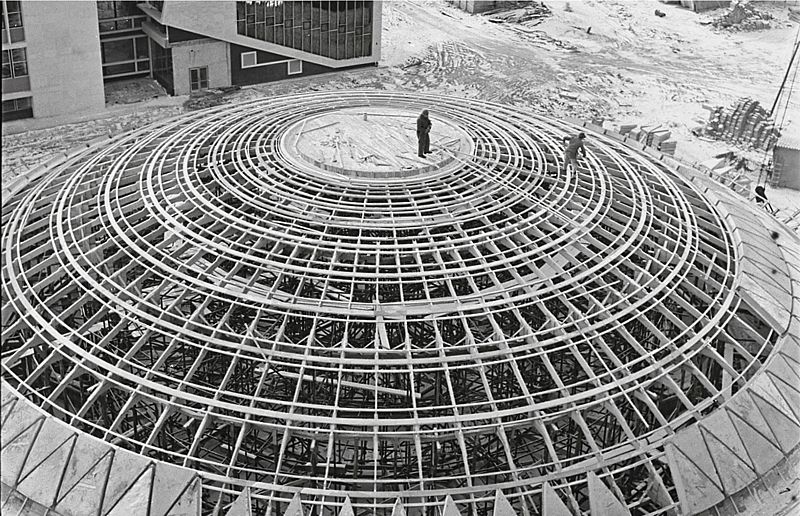

So that the building could be more than a simple architectural collage, two outstanding architects were needed, too. For Vladimír Dedeček and Rudolf Miňovský, Oscar Niemeyer’s work meant an admittedly important source of inspiration, but they strived to outdo it in several aspects. The duo that designed educational buildings together for a long time created the building complex’s plans after the fall of Stalin’s socialist realism, between 1956 and 1960, which were then implemented between 1961 and 1966—practically in parallel with Brasília’s construction. The concrete dome with a 36-meter diameter could make us think of another peak performance of the era, the Palazzetto dello Sport in Rome by Pier Luigi Nervicompleted by 1960. However, the generous covering is even more inventive here, as, contrary to Nervi’s work, the columns supporting the dome do not follow its arch, but, turning inwards, they also support the rows of chairs—thus giving a true flying saucer feel to the building, which is further accentuated by the stripe of glass windows around the edge of the lower shell.

All this shows nothing more than the fact that, in the sixties, the (Czecho)Slovak architects strived to compete with the best of the western world—in the case of this university building in Nitra, their mission certainly succeeded. In 1966, the designers won the Dušan Jurkovič Award for their building, which has been known as one of the best examples of Slovak modernism since its completion.
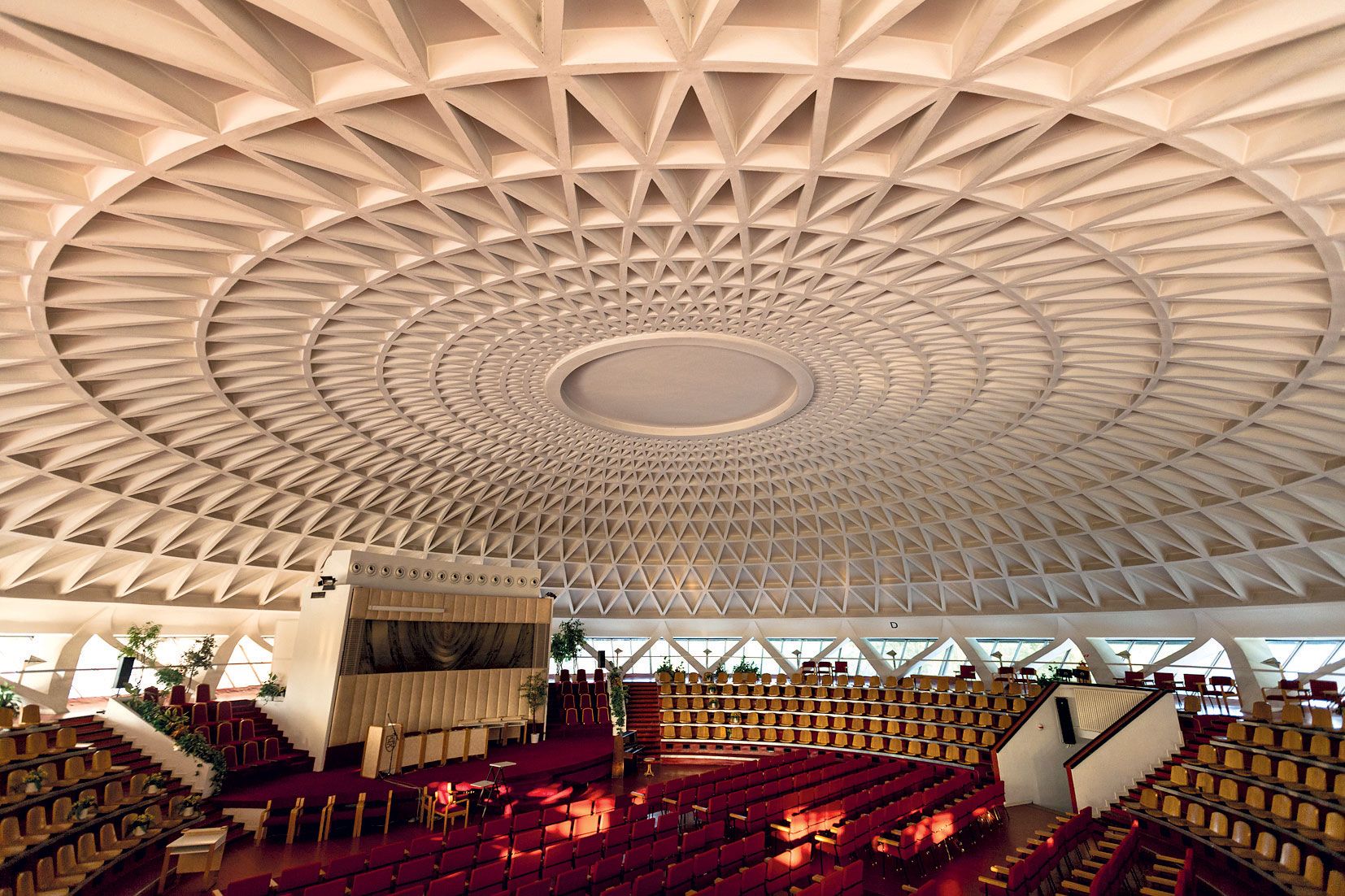
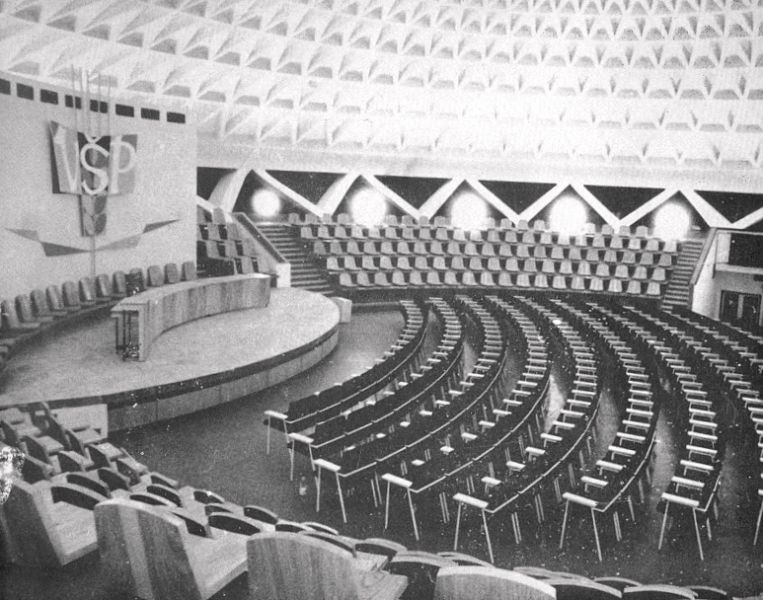
The simple details and generously shaped masses make the building complex look much more monumental than its actual size. This monumentality is perhaps the most characteristic feature of the Czechoslovak, and especially the Slovak architecture of the time—says architectural historian Henrieta Moravčíková, an expert of the era, in her study on modern and totalitarian architecture. From the late fifties, Slovak architects could finally feel they had a right and possibility to have their own voice—and with it, a chance to have their ideas realized—as part of the global development. (Let’s not forget that after the long centuries of Austrian or Hungarian rule the Slovaks could only become republic in 1968, through federalization, during the existence of the Czechoslovak state.) This extremely rapid and active learning process, with the motif of searching for a national identity underneath, resulted in great houses also outstanding on a global scale, such as the University of Agriculture, the headquarters of the Slovak Television, or the Incheba Exposition Center, and in monumental, almost abstract public buildings such as the expansion of the National Gallery, the National Archives or the most well-known of them all: the reversed pyramid of the Slovak Radio. Amidst these progenies, the building of the university in Nitra doesn’t even look so radically novel—but imagine the impact it must have had on the small town citizens of the sixties…!
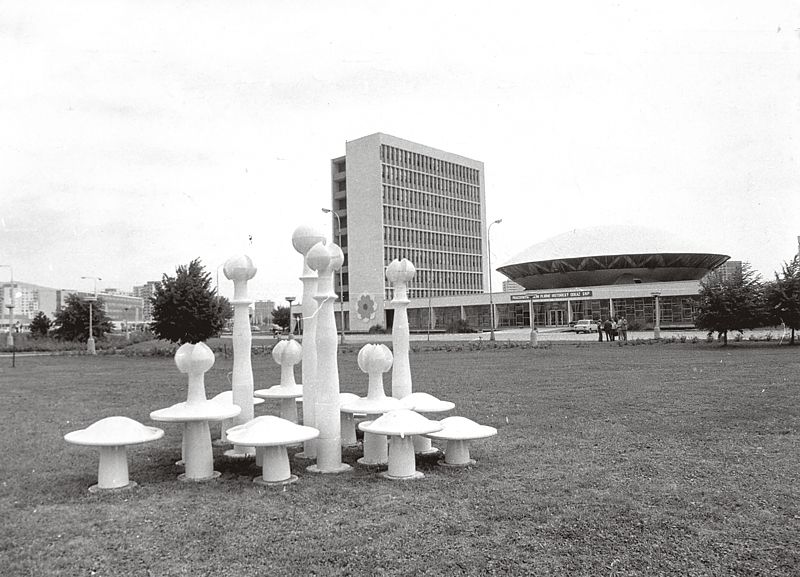
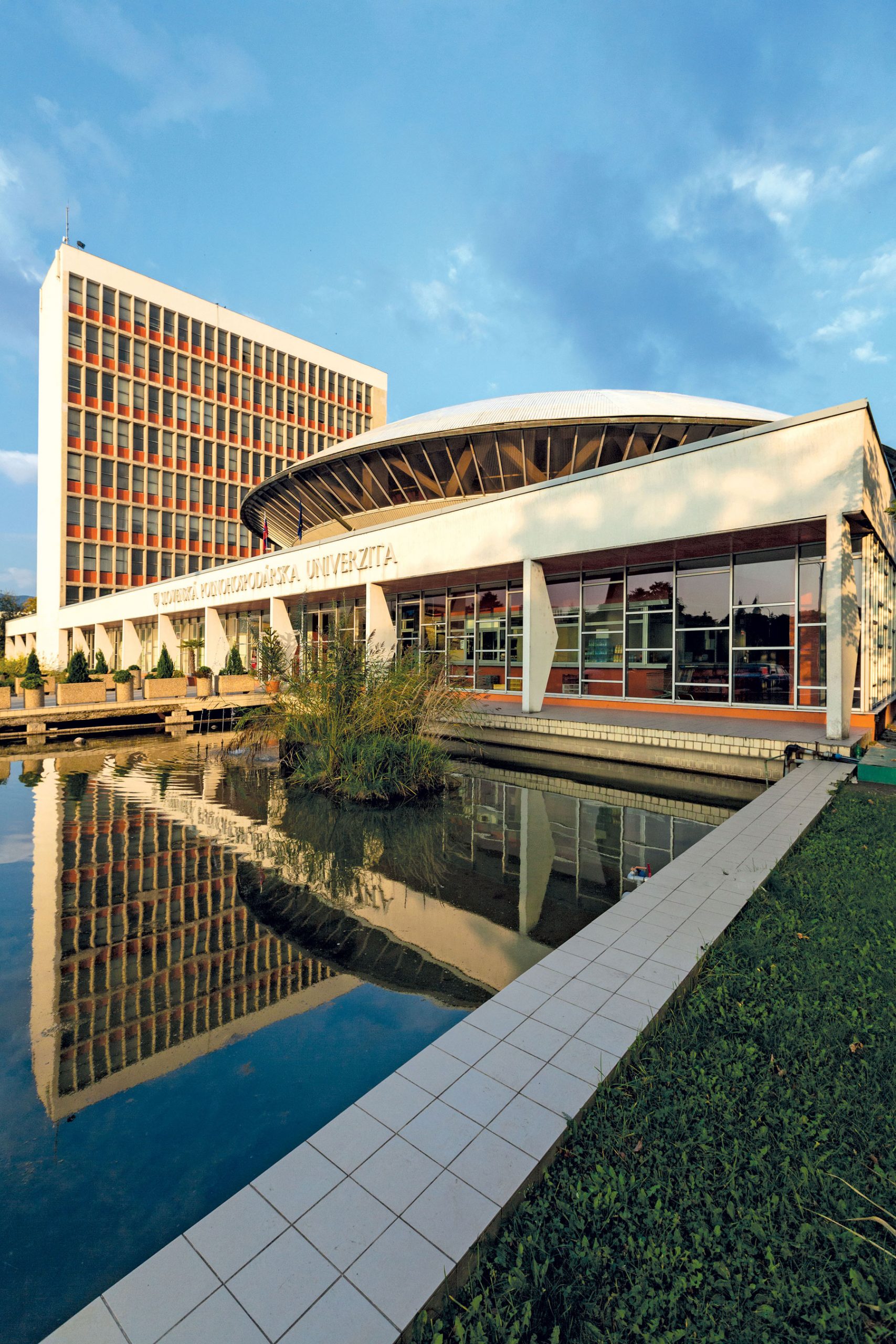
Photos:
Photos 1-2: University of Agriculture, Nitra. Source: uniag.sk
Photo 3: University of Agriculture, Nitra. Source: asb.sk
Photo 4: University of Agriculture, Nitra. Source: uniag.sk
Photos 5-6: University of Agriculture, Nitra. Source: register-architektury.sk
Photo 7: University of Agriculture, Nitra. Source: asb.sk
Photos 8-9: University of Agriculture, Nitra. Source: uniag.sk
Photo 10: University of Agriculture, Nitra. Source: asb.sk
If the “Slovak flying saucer” stole your heart, now is the time to get your own miniature version of it!
Click here and check it out in our online store!
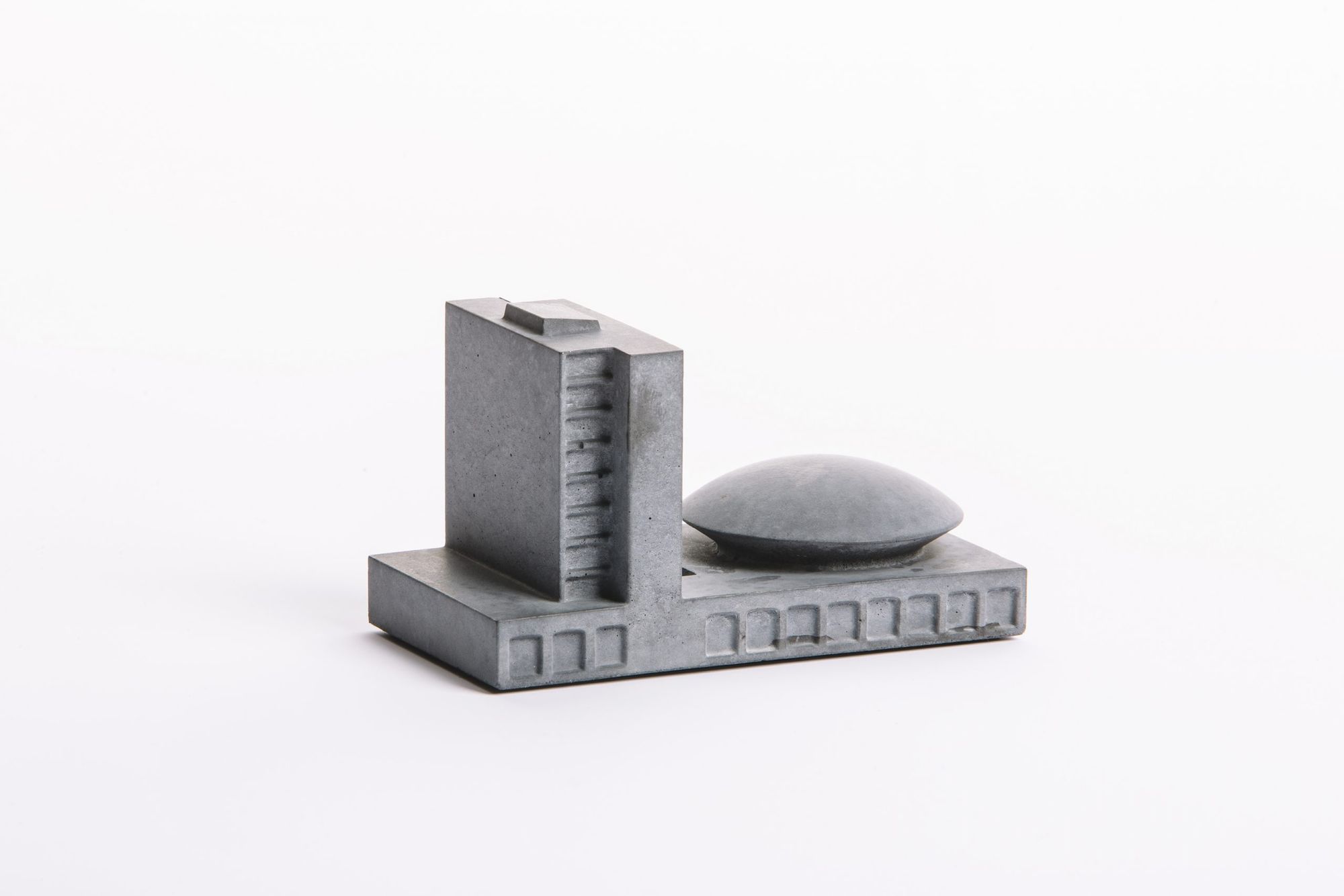
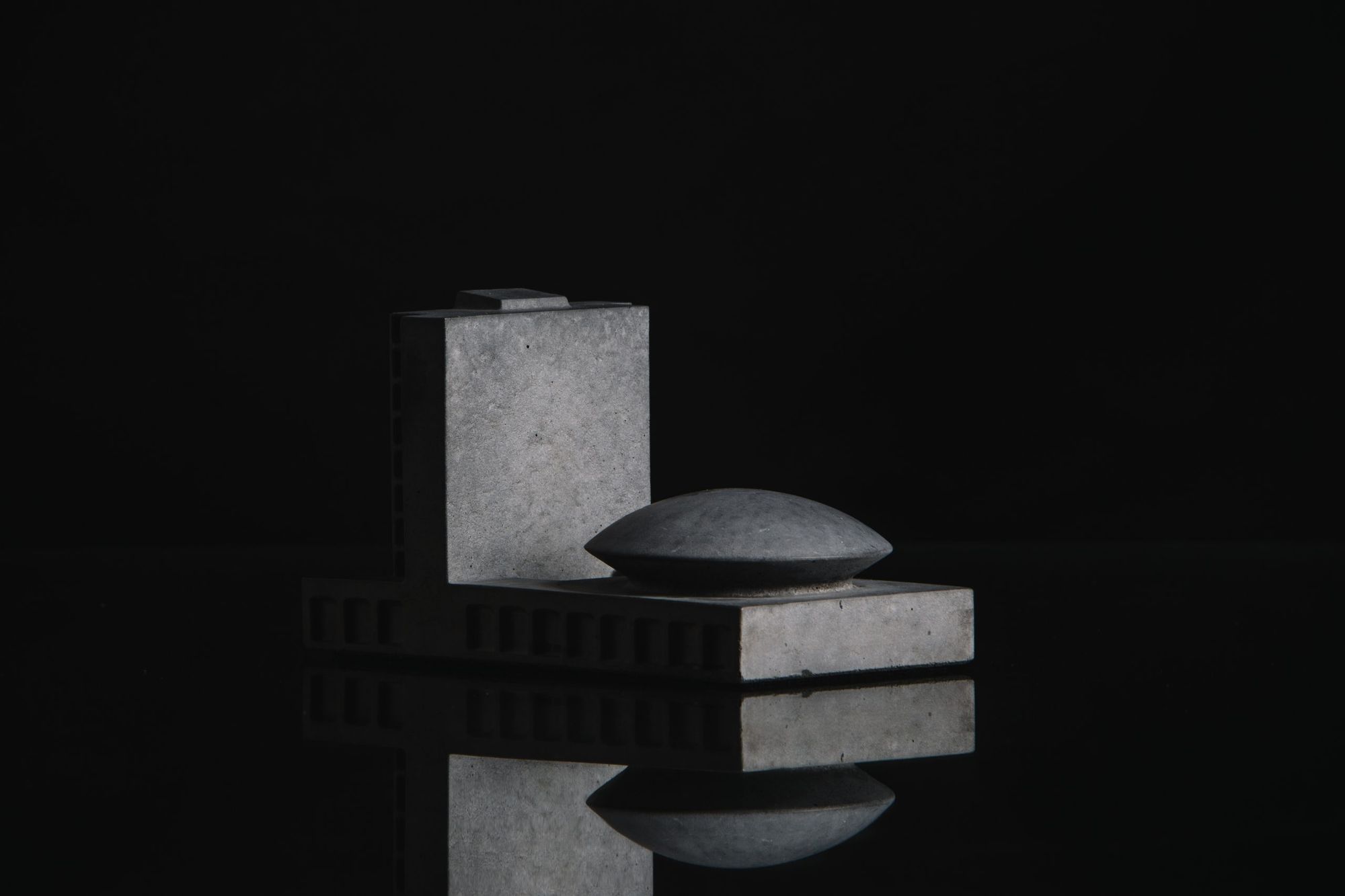
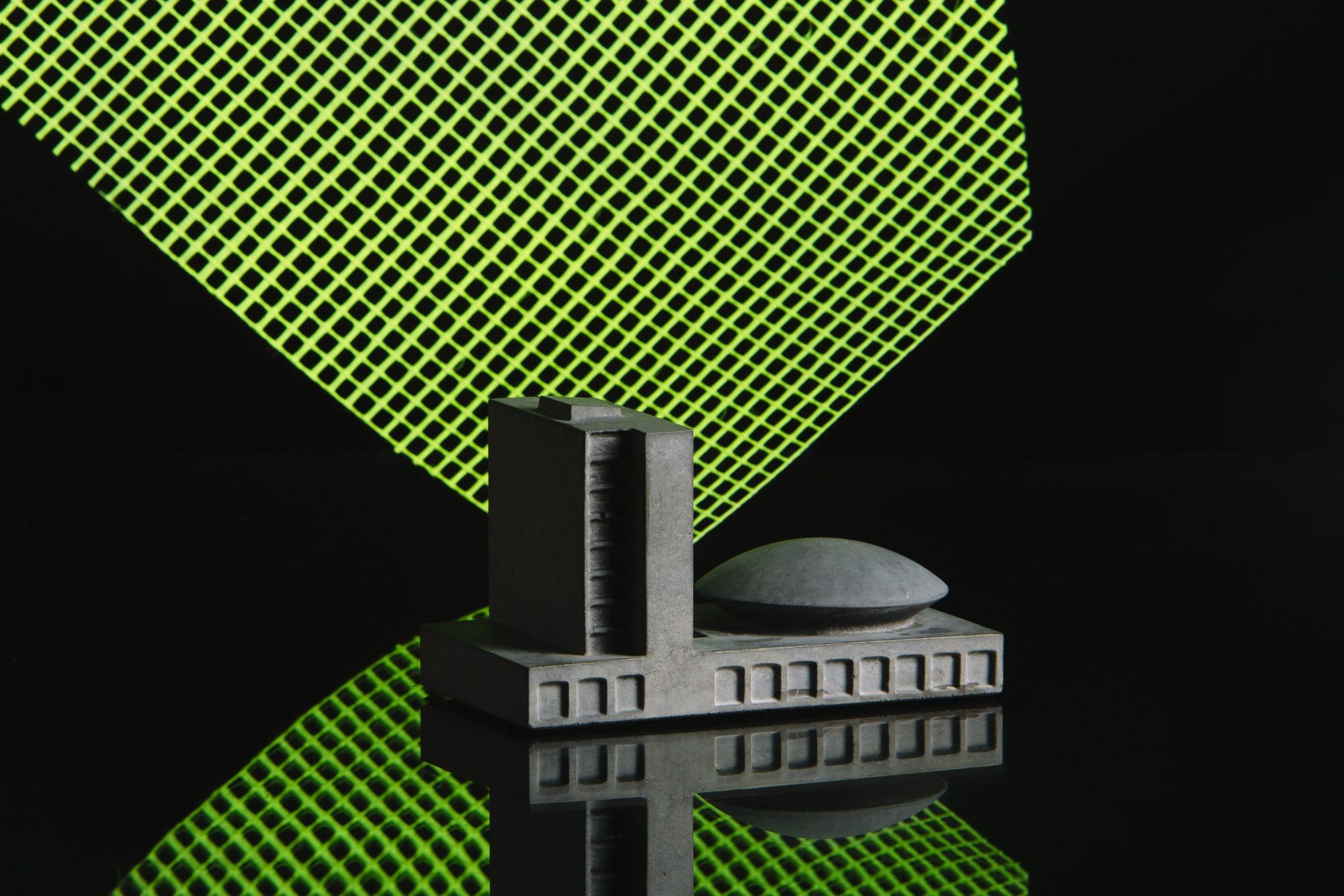


Product photos: Lilla Liszkay
In our custom-designed SOC/MOD collection, we reimagined the iconic buildings of socialist realism from Kyiv through Budapest to Karlovy Vary in the form of concrete deskware items and unique posters. Grab them now in HYPEANDHYPER’s store! Attention: extra limited quantities!

Illustrations in the name of environmental awareness | Be Green

The coolest sunglasses in Eastern Europe | TOP 5










